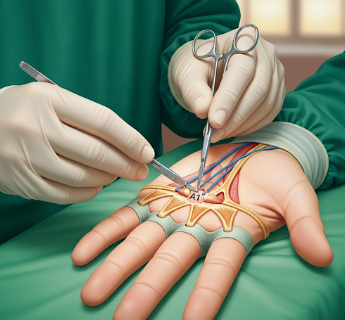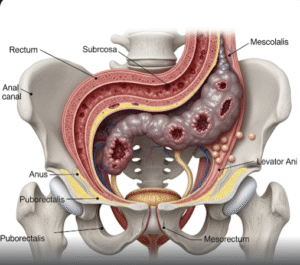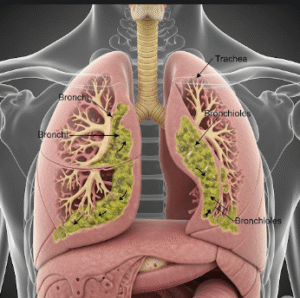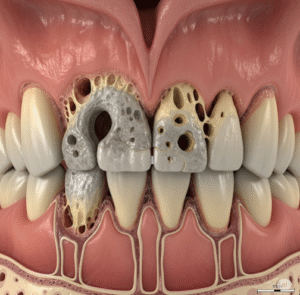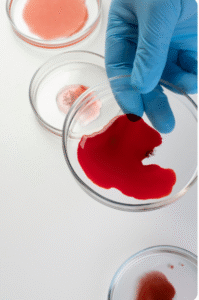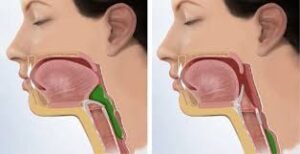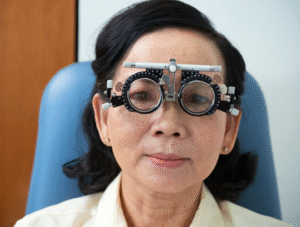Overview
Trigger finger release is a surgical procedure used to treat trigger finger (stenosing tenosynovitis), a condition where a finger or thumb gets stuck in a bent position and then suddenly snaps straight, like pulling and releasing a trigger. It occurs when the tendon sheath around the finger becomes thickened or inflamed, restricting smooth tendon movement.
In Korea, trigger finger release is a commonly performed hand surgery with excellent success rates. Both open release and percutaneous release (needle-based, minimally invasive technique) are available in modern hospitals. Korean hand specialists combine precision microsurgery with advanced rehabilitation programs, ensuring quick recovery and minimal complications.
What is Trigger Finger Release?
The surgery involves releasing (cutting) the A1 pulley—a fibrous band at the base of the finger that restricts tendon movement. By opening or loosening this sheath, the tendon can glide smoothly, relieving pain and restoring finger function.
Conditions treated with trigger finger release include:
- Trigger finger or trigger thumb unresponsive to splints or steroid injections
- Persistent pain or locking of the affected finger
- Severe limitation of daily hand use
- Cases where non-surgical treatment fails
What are the Benefits?
✅ Permanent relief from pain and finger locking
✅ Restores smooth finger movement
✅ Minimally invasive options available in Korea
✅ Quick recovery with day-surgery approach
✅ High patient satisfaction rates
Procedure Details
1) How should I prepare for trigger finger release?
- ➤ Hand X-rays or ultrasound may be done to confirm diagnosis
- ✦ Stop blood-thinning medications if advised by your surgeon
- ➤ Inform the doctor about other hand conditions (arthritis, diabetes, etc.)
- ✦ Arrange help at home, as the hand will be bandaged initially
2) What happens during the procedure?
- ➤ Usually performed under local anesthesia (numbing the hand)
- ✦ Small incision (open release) or a needle puncture (percutaneous release) at the base of the affected finger
- ➤ The surgeon cuts or releases the A1 pulley to free the tendon
- ✦ The wound is closed with a few stitches if open surgery is done
- ➤ Procedure duration: 15–30 minutes
3) What happens after the procedure?
- ➤ Patients can usually go home the same day
- ✦ A small dressing is applied; no large casts are required
- ➤ Stitches (if any) are removed in 10–14 days
- ✦ Gentle finger exercises start within days to prevent stiffness
- ➤ Most patients regain normal finger use in 2–4 weeks
Risks / Benefits
Possible Risks:
- Infection at incision site
- Finger stiffness or scar tenderness
- Incomplete release requiring revision (rare)
- Nerve or blood vessel injury (extremely rare in expert centers)
Benefits:
- Immediate relief from painful locking
- Quick recovery with day-surgery approach
- Permanent solution with >90% success rate
- In Korea, advanced percutaneous techniques reduce recovery time further
Recovery and Outlook
- ✦ Return to light activities in 1 week
- ➤ Full hand function typically returns in 2–4 weeks
- ✦ Hand therapy may be advised if stiffness occurs
- ➤ Patients with diabetes may take longer to heal
- ✦ In Korea, dedicated hand rehabilitation programs ensure optimal results
When To Call the Doctor
⚠ Severe swelling or pus at the incision site
⚠ Persistent pain that worsens after surgery
⚠ Numbness or tingling in the operated finger
⚠ Difficulty moving the finger despite exercises
Best Korea Option / Process
Korean hospitals are recognized for minimally invasive hand surgery, offering:
- ✦ Percutaneous release (needle-based, scarless option)
- ➤ Highly trained hand surgeons specializing in microsurgery
- ✦ Day-surgery centers with quick discharge
- ➤ Affordable treatment packages compared to Western countries
- ✦ Specialized rehabilitation units to prevent stiffness
- ➤ English-speaking medical coordinators for international patients
Highlights of Trigger Finger Release in Korea
- ✅ Minimally invasive or open surgery options
- ➤ Day surgery with rapid recovery
- ✅ Permanent relief from pain and locking
- ➤ Advanced post-operative rehabilitation care
- ✅ Performed by expert hand surgeons with high success rates

